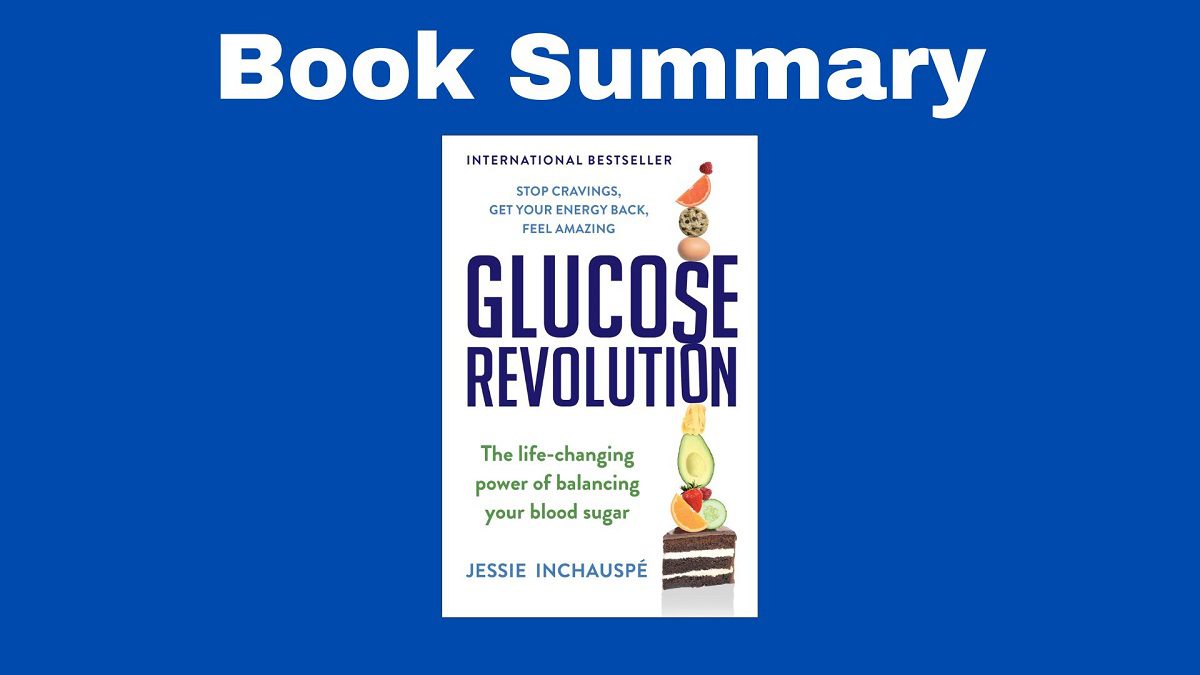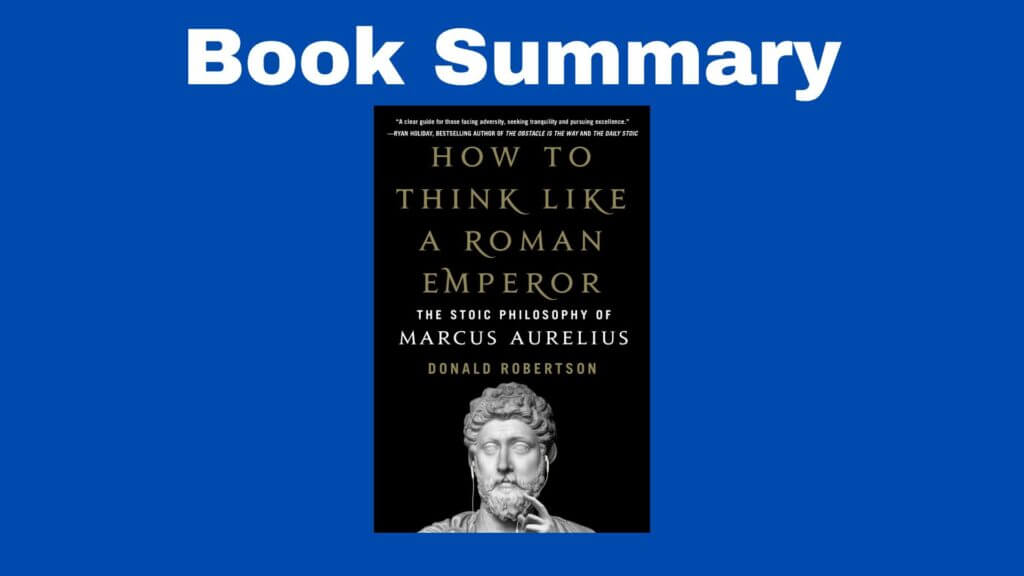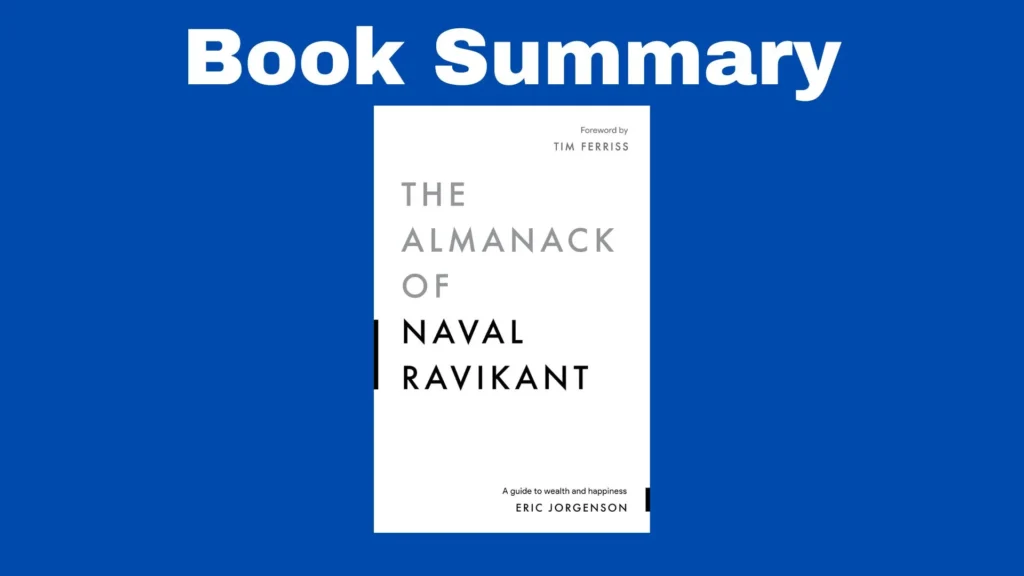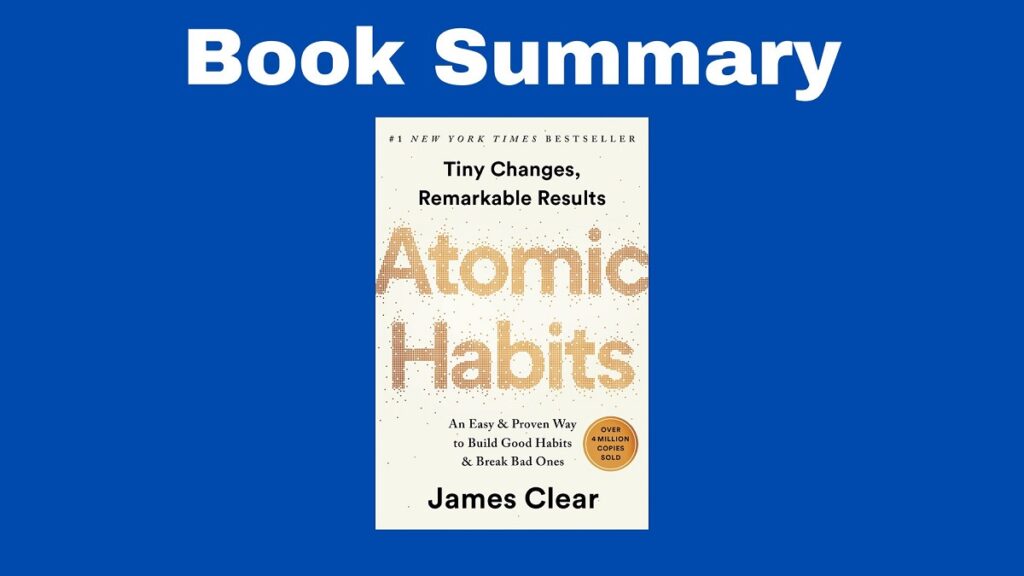The Book in Three Sentences
In this summary of Glucose Revolution, you’ll learn that controlling your glucose levels can have a tremendous impact on your body. Some of the areas you’ll be able to improve include mood, sleep, cravings, weight, energy, and the health of your skin. Through a series of actionable hacks, biochemist Jessie Inchauspé teaches you to balance your glucose level.
Glucose Revolution Summary
Food is vital to our survival, but it has consequences. What you eat affects both your body and mind. Our physical and mental well-being depends on what and how we eat. There is one metric in our bodies that affects all systems and that metric is a molecule called glucose. Glucose is the amount of blood sugar and the primary source of energy in our body. The concentration of glucose varies throughout the day (the author calls these glucose spikes) and this affects our mood, sleep, weight, skin, and so on.
Part 1: What is Glucose?
Chapter 1: Why Glucose Is So Important?
When it comes to controlling our bodies, we should start with glucose because it affects how we feel. Once we control it, everything falls into place. Diet works as long as what we eat flattens our glucose, fructose, and insulin curves.
Some things to bear in mind include:
- Glucose isn’t everything. It’s possible to eat unhealthy food that will keep your glucose levels steady. Other factors apart from glucose that affect our health include sleep, stress, and exercise.
- Context is key. The food we eat can be “good” or “bad” in relation to other food. For example, an oatmeal cookie is better than almonds but worse than a can of Coke.
- The tips and hacks from this book are based on evidence.
Chapter 2: How Plants Create Glucose
Plants can transform air into matter. Using the sun’s energy, plants combine carbon dioxide from the air and water from their soil and turn it into a substance called glucose. This process is known as photosynthesis. Plants can make different things from glucose and one of them is starch which allows plants to survive when it’s dark or cloudy. Storing glucose is difficult, but plants use enzymes that create a chain that turns into starch. When plants need glucose, they use another enzyme to free it. Fiber allows the plant to grow without falling.
Glucose tastes sweet, but plants created an even sweeter substance called fructose. Fructose is concentrated in fruit to make it appealing to animals. By eating fruit along with its seeds, animals spread those seeds which allows the plant to survive. Fructose can combine with another enzyme to create sucrose. Sucrose helps plants compress energy even more, storing more energy in a smaller space. This is what we know as sugar.
Chapter 3: How Glucose Gets into the Blood Stream
The systems of burning glucose eventually made it into most living things, including humans. The cells in our bodies use glucose for energy, but since we can’t create glucose from the air and the sun like plants, we mostly get it through food. Starch, fiber, fructose, and sucrose all start from glucose and remain glucose when we digest it (except fiber which remains fiber). The name of this family is carbohydrates because they are made of carbon and water, the two main components of photosynthesis. There’s a subgroup called sugars and it includes glucose, fructose, and sucrose. Our bodies can make glucose from the food we eat through a process known as gluconeogenesis. When there isn’t enough glucose, our bodies can switch to using fat through another process called metabolic flexibility. Although carbohydrates aren’t necessary to live, they’re a good source of energy and they taste good.
Chapter 4: Why We Eat More Glucose Than Before
Nature wanted us to eat glucose from plants, but we figured out how to manufacture products that have starch and sugar. For the most part, most products don’t have fiber because fiber is difficult to preserve for a long time. Humans like sweetness because back in the Stone Age, sweet food was safe and had lots of energy. Furthermore, when we eat sweet food, our brains release dopamine. Most of the food we eat today was engineered to be sweeter than it should be, including fruit, but having too much glucose can be a problem.
Chapter 5: Discovering Glucose Spikes
Spikes are quick increases and drops in glucose concentration after eating and they are harmful. The idea is to flatter glucose curves to see fewer spikes and improve health. Sweet food creates a glucose spike and an invisible fructose spike which makes it more harmful.
Part 2: Why Are Glucose Spikes Harmful?
Chapter 6: The Three Things That Happen in Our Body When We Spike
The cells in our bodies work well when the amount of energy provided is the same as the amount of energy needed. When the body receives more glucose than it can use though, it builds up and a glucose spike happens. When too much glucose builds up, molecules called free radicals are released and they damage everything they touch. Repeated spikes produce more free radicals we can manage and over time, this can lead to the development of cancer. When there are more free radicals than what our body can handle, we are in a state of oxidative stress.
Our bodies brown inside to signal the deterioration of our organs and this is caused by the combination of glucose with another molecule. This is a normal processor called glycation that we can’t stop, but we can slow it down or speed it up. Having too many free radicals, oxidative stress, and glycation leads to inflammation which is the body’s way of defending against invaders.
The pancreas sends a hormone known as insulin into the body to store glucose throughout the body and protect it. The first place where the body stores it is the liver which turns glucose into glycogen. The second place is our muscles. The problem is that these storage units fill up rather quickly. While extra glucose turns into glycogen and fat, extra fructose just turns into fat.
Chapter 7: How Spikes Make Us Sick
Managing glucose affects how you feel, and the symptoms vary from person to person. Short-term effects include cravings, chronic fatigue, poor sleep, constant hunger, colds, night sweats, and migraines. Long-term effects include acne, arthritis, Alzheimer’s, risk of cancer, depression, heart disease, and type 2 diabetes.
Part 3: How Can I Flatten My Glucose Curves?
Hack 1: Eat Foods in the Right Order
Sometimes it isn’t about what to eat and what not to eat, but how we eat it. The right order is fiber first, protein and fat second, and carbs and sugars last. You should do this when possible.
Hack 2: Add a Green Starter to All Your Meals
Have a salad first or green veggies.
Hack 3: Stop Counting Calories
Despite what most people think, adding calories won’t make you gain weight. Different kinds of calories (glucose, protein, fat) will have different effects on the body because they are different molecules.
Hack 4: Flatten Your Breakfast Curve
Cereal, a common breakfast meal, causes a glucose spike when eaten first thing in the morning. Other breakfast meals to avoid include toast and jam, croissants, granola, pastries, sweet oats, biscuits, fruit juice, pop-tarts, fruit smoothies, and banana bread. Eating sweet things for breakfast gives us pleasure, not energy. The more carbs we consume, the less energy we’ll have.
Breakfast is the worst time to eat sugar and starches. Have sugar after a meal. By choosing a good breakfast, you’ll have more energy, a better mood, clearer skin, and fewer cravings. Avoid smoothies at all costs and if you’re going to eat sugar anyway, fruit is the best way to do it because sugar is found in small quantities and fruit has both sugar and fiber.
To flatten your glucose curves, choose a savory option: a salad, meat, vegetables, cheese, omelets, and so on. To build the ideal breakfast, have one that includes protein, fiber, fat, and optional starch and fruit that you eat last. Eat something glucose-steady before a drink that has sugar in it and eat the breakfast ingredients in order when possible.
Hack 5: Have Any Type of Sugar You Like – They’re All the Same
Sugar, regardless of what kind, has the same impact. At a molecular level, there’s no difference between sugar, honey, and all the other alternatives because they are all made of glucose and fructose. The reality is we don’t need sugar to live, so if you’re going to eat it anyway, pick whichever you prefer as long as you do it in moderation. You can replace sugar with apples or honey with berries. Other alternatives include cinnamon, cacao powder, or shredded coconut.
Sweeteners often have fewer calories than sugar, but they increase our cravings for sweet food. The best sweeteners that don’t affect glucose and insulin are allulose, monk fruit, pure stevia extract, and erythritol. Avoid sweeteners when possible though. Sweetness is addictive and they don’t replace sugar in terms of taste.
Hack 6: Pick Dessert Over a Sweet Snack
Our bodies keep working after eating, this is called the postprandial state. To improve metabolic flexibility, you can do intermittent fasting. You can fast for 6, 9, 12, or 16 hours. If you want something sweet, have it as a dessert rather than a snack on an empty stomach.
Hack 7: Reach for Vinegar Before You Eat
Before having a sweet treat or snack, you should have a drink of vinegar. The idea is to mix a tall glass of water with a tablespoon of vinegar and drink it twenty minutes before having something sweet. This is to flatten the glucose and insulin spikes. Apple cider vinegar is the most popular kind because it tastes better, but you can use any variety you prefer. One convenient way of doing this is by eating a green starter before your meals with some olive oil and vinegar.
Hack 8: After You Eat, Move
Moving around after eating revitalizes you because the glucose we just incorporated will be used by our muscles. Walking around for ten minutes is enough and you have around seventy minutes after your meal to do some kind of exercise. Exercising before a meal is also useful and exercising anytime is great for you too, it improves our mental well-being and energizes us, but just remember that exercising will be most impactful after eating.
Hack 9: If You Have a Snack, Go Savory
Replace sweet snacks with carrots, cucumber, cheese, a slice of ham, or peanut butter. These savory snacks will give you steady energy.
Hack 10: Put Some Clothes on Your Carbs
When you eat carbs, add fiber, protein, or fat to them. Remember to eat any of those first and then the carbs when possible. You can combine fruit with nuts, yogurt, eggs, or cheese. Berries are the best option.
Further Reading
If you enjoyed this book summary of Glucose Revolution, you might also like:




